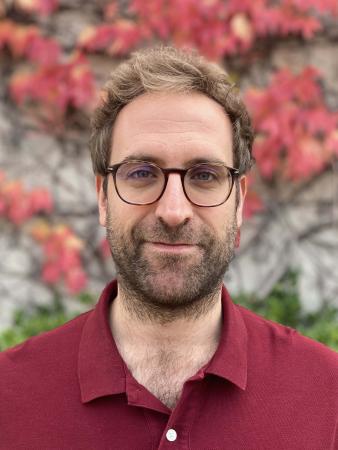
Rafael Juarez
Rafael Juarez
Universidad Nacional de Educación a Distancia
Tuesday, December 6, 2022
2:30pm
Abstract: ITER is the largest fusion project worldwide, conceived as an experiment to investigate and develop the technologies to prepare the way for the future fusion power plants. Neutronics emerged as a core discipline in support of the design, commissioning and operation of the machine. The licensing of ITER is a first-of-kind exercise with deep implications for the future of nuclear fusion and devices such as SPARC. Demonstration of radiation exposure limitation for public & workers, and compatibility of the electronics with the radiation levels in ITER has revealed notorious methodological challenges addressed in this seminar. Extreme geometry modelling and characterization of detailed 3D delayed radiation sources have emerged as central aspects of improvements entailing consequential severe computational penalties. A strong evolution in the field of neutronics has occurred. The tool D1SUNED results particularly relevant. It deploys the most advance Direct-one step implementation for the determination of shutdown dose rates and a boosted performance of the native MCNP code. It has become an international reference in fusion neutronics and the official tool for ITER studies.
Bio: Dr. Rafael Juarez is an associate professor and Head of ITER neutronics at UNED in Spain. In the last decade he has contributed to the nuclear integration of the most relevant Tokamak components including all the first plasma ports. He leads the production of the ITER official radiation atlas of the facility and the radiation mapping in support of the ALARA strategy. His expertise includes a remarkable background in the prediction of shutdown dose rates fields, the production of some of the most extreme geometries in MCNP and diverse innovative approaches to model radiation sources of ITER. He has been member of the ITER nuclear integration supervision committees such as the Nuclear Integration Unit.